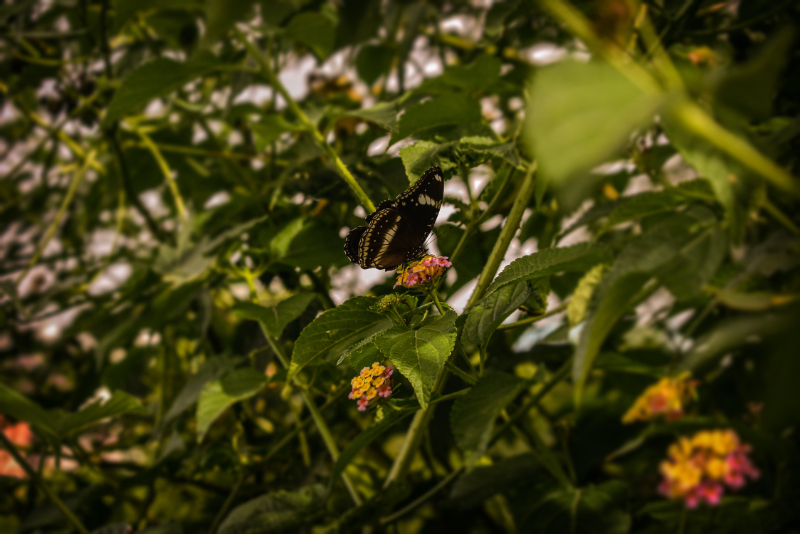What are the most destructive garden plants in the UK? This article looks at some of the most dangerous and invasive species including Japanese Knotweed, Giant Hogweed, Himalayan Balsam, New Zealand Pygmyweed and Rhododendron Ponticum, as well as other toxic plants that pose a threat to people, pets, and the environment.
Why Invasive and Toxic Plants Are a Problem
You may think that invasive plants are just an annoyance, but they're so much more than that. These types of plants can cause structural damage to your property, spread rapidly across gardens and riverbanks, and create long-term risks for humans and animals.
Some toxic plants contain sap, roots, or seeds that cause severe blisters or even poisoning if ingested. Others smother native plants and threaten local wildlife. If left unchecked, these species can destroy habitats and reduce biodiversity in the UK’s gardens, woodlands, and waterways.
How Do Invasive Plants Spread Into Gardens?
The most destructive plants in the UK’s gardens spread in several ways:
- Seeds – some species produce thousands of small seeds that remain viable in the soil for years.
- Roots and Rhizomes – many invasive plants regrow even if a small part of the root is left in the soil.
- Contact with Soil and Water – aquatic plants often thrive in ponds, rivers, and wet ground, creating dense mats that suffocate native species.
- Accidental Planting – some plants with beautiful flowers were originally introduced as ornamentals but became invasive once they escaped into the wild.
Japanese knotweed
Japanese knotweed is one of the worst invasive weeds in UK gardens.
- Growth: This toxic plant can grow up to 10cm a day and its roots are strong enough to damage foundations, drains, and paving.
- Spread: The plant doesn’t produce seeds in the UK but spreads aggressively via its roots (rhizomes). Even a small fragment of root can produce a new plant.
- Risks: Mortgage lenders often refuse loans on properties where knotweed is found unless professional removal has taken place.
- Control: Removal requires specialist services. Professional teams use targeted chemical treatments to ensure long-term results.
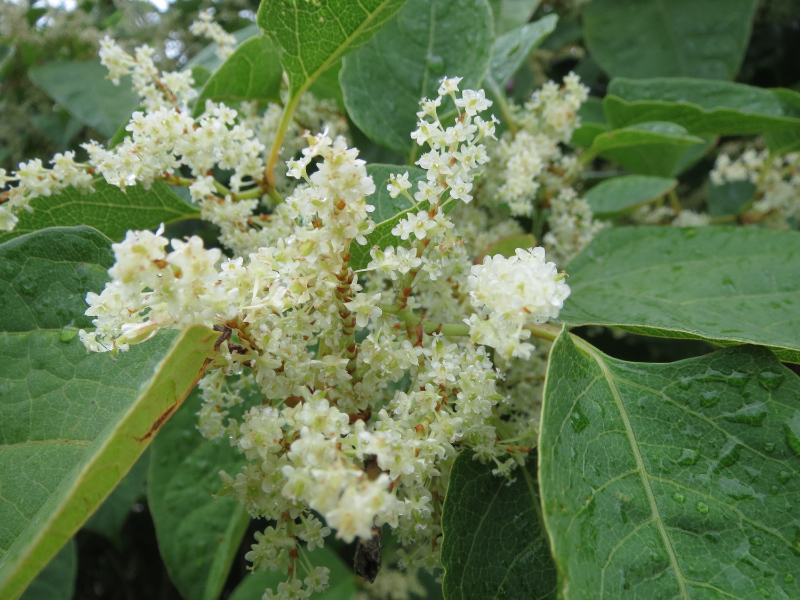
Giant hogweed
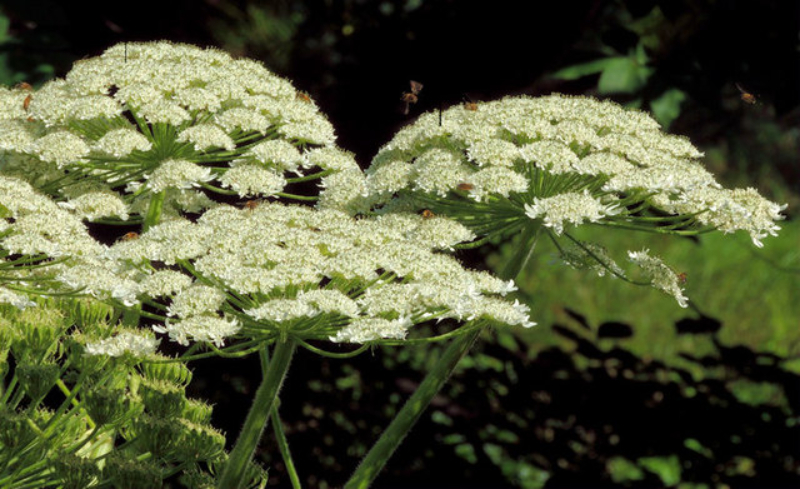
Giant hogweed is one of the most dangerous plants in the UK.
- Appearance: This plant can grow over 3 metres tall and looks like an enormous cow parsley.
- Toxic Sap: Its sap is phototoxic, meaning that if it touches human skin and is then exposed to sunlight, it causes severe blisters, burns, and long-lasting scars.
- Risks to People and Pets: A single contact can leave a person or dog with permanent skin damage. Children are particularly at risk if they mistake the stems for harmless cow parsley.
- Control: Because of its toxicity, only professionals with protective equipment should remove it.
Himalayan balsam
Himalayan balsam is often admired for its pink, orchid-like flowers, but it’s one of the UK’s most invasive garden plants.
Spread: Each plant can produce up to 800 seeds that are catapulted several metres when the seed pods burst.
Habitats: Found along riverbanks and in damp gardens, it grows in dense stands and shades out native plants.
Risks: When it dies back in winter, bare soil is left behind, which increases the risk of erosion and flooding.
Control: Pulling up young plants is effective, but regular removal is important to prevent regrowth.
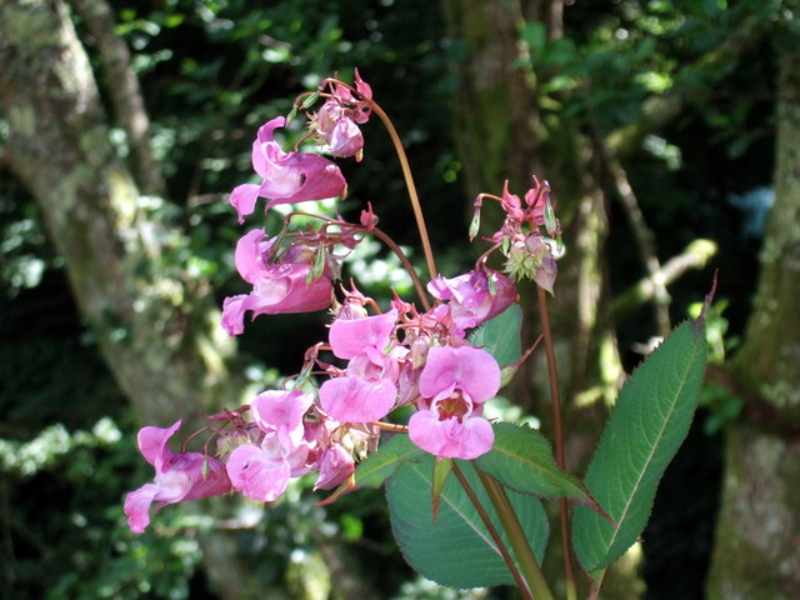
New Zealand Pygmyweed
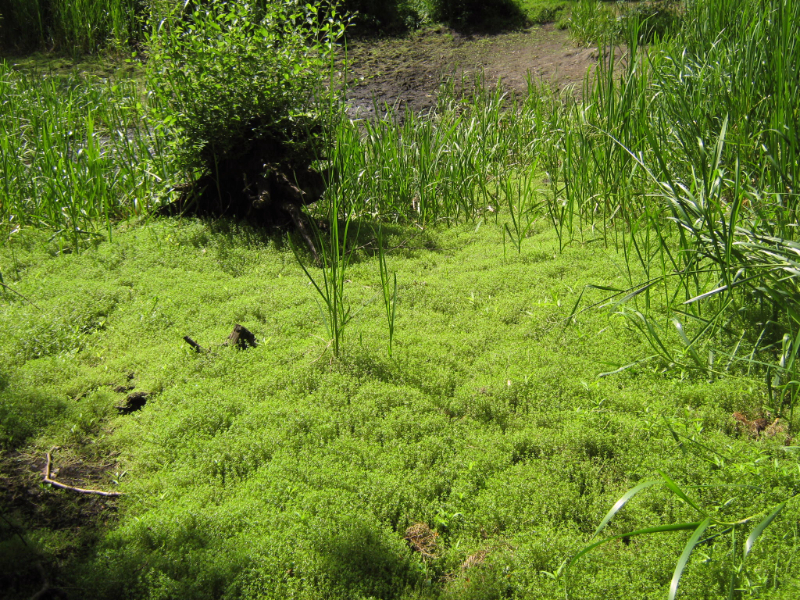
Also known as Australian swamp stonecrop, this aquatic plant is a serious threat to ponds and wetlands.
- Appearance: Forms thick mats of small green leaves, often floating on the surface of water.
- Risks: These mats block sunlight, reduce oxygen levels, and kill fish, frogs, and other wildlife.
- Spread: It has no natural predators in the UK, and even small fragments can grow into large colonies.
- Control: Once established, it’s almost impossible to completely remove without professional services.
Rhododendron ponticum
Rhododendron ponticum is a striking shrub with large purple flowers, but it is among the most invasive species in the UK.
- Spread: Each plant can release over a million tiny seeds per year, which spread widely on the wind.
- Threats: Grows into dense thickets that block out sunlight, smothering woodlands and preventing native plants from growing.
- Toxicity: Its leaves are toxic to humans and animals, meaning that livestock and pets should never eat them.
- Control: Removal is difficult and time-consuming, requiring both cutting and herbicide treatment.
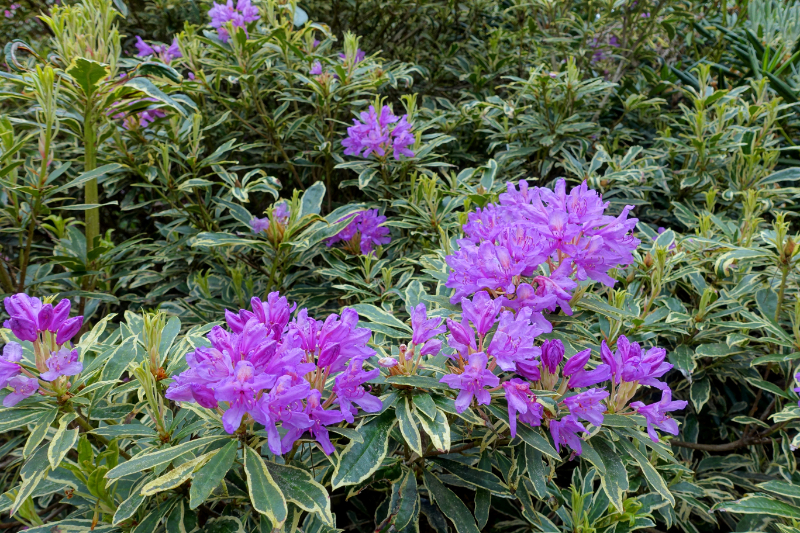
Other Dangerous Garden Plants in the UK
While the five plants above are the most destructive, there are other poisonous plants found in UK gardens that pose risks to humans and animals:
- Deadly Nightshade – produces black berries that can kill if eaten.
- Foxglove – a common garden plant with beautiful purple flowers, but all parts contain toxins that affect the heart.
- Lily of the Valley – highly poisonous if ingested by children or pets.
- Cow Parsnip – similar to giant hogweed but smaller; its sap can still irritate skin.
- Laburnum Trees – seeds and pods are toxic to humans and pets.
How Does UK Law Cover Invasive Plants?
UK law recognises the threat posed by invasive and toxic plants. Key legislation includes:
- Japanese Knotweed – illegal to allow it to spread; homeowners can face enforcement notices.
- Giant Hogweed – illegal to plant or encourage its growth.
- Himalayan Balsam – listed under Schedule 9 of the Wildlife and Countryside Act 1981, making it illegal to plant in the wild. New Zealand Pygmyweed – banned from sale in the UK.
- Rhododendron Ponticum – illegal to plant in the wild. Failure to control these species can result in fines, and in severe cases, legal action.
Protecting Your Garden and Wildlife
Preventing invasive plants is far easier than removing them once established. Here are some important steps:
- Check Before Planting – always research whether a plant is safe for gardens in the UK.
- Early Removal – small infestations are easier to remove than large ones.
- Protect People and Pets – avoid toxic plants that can harm humans and animals.
- Seek Professional Help – invasive species often require licensed removal teams with specialist equipment.
- Join Local Efforts – many community groups organise invasive species removal along riverbanks and in woodlands.
Destructive Garden Plants In The UK
Many beautiful plants can also be dangerous or destructive. From toxic sap causing skin blisters to roots that damage property foundations, these species are a real threat to UK gardens. Always stay alert, check plants before introducing them, and remove harmful ones responsibly to protect people, pets, and the environment.
Do you have a Japanese Knotweed problem? If you require Japanese Knotweed Removal in Essex or throughout the UK, contact our expert today.
.png)
